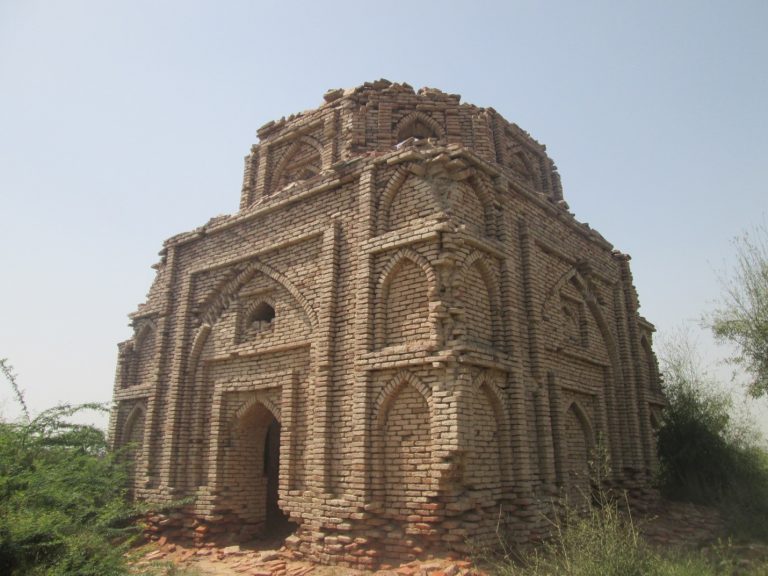
Nothing is left here except certain ruins, as the concerned antiquities department of Sindh has utterly neglected this historic site, where the studies could be carried out on the weapons and the war strategy used in the battle.
Quratulain Kareem
Power gives people the ability to control themselves and their environment, and this control is considered a fundamental human need, and to acquire that power battle was the only way in ancient times. Battles can be planned, encountered or forced by one side when the other is unable to withdraw from combat. A battle always has as its purpose – the reaching of a goal by use of military force. The land of Sindh had also witnessed many battles in its history and one of such battles, famous and remembered, is battle of Halani.
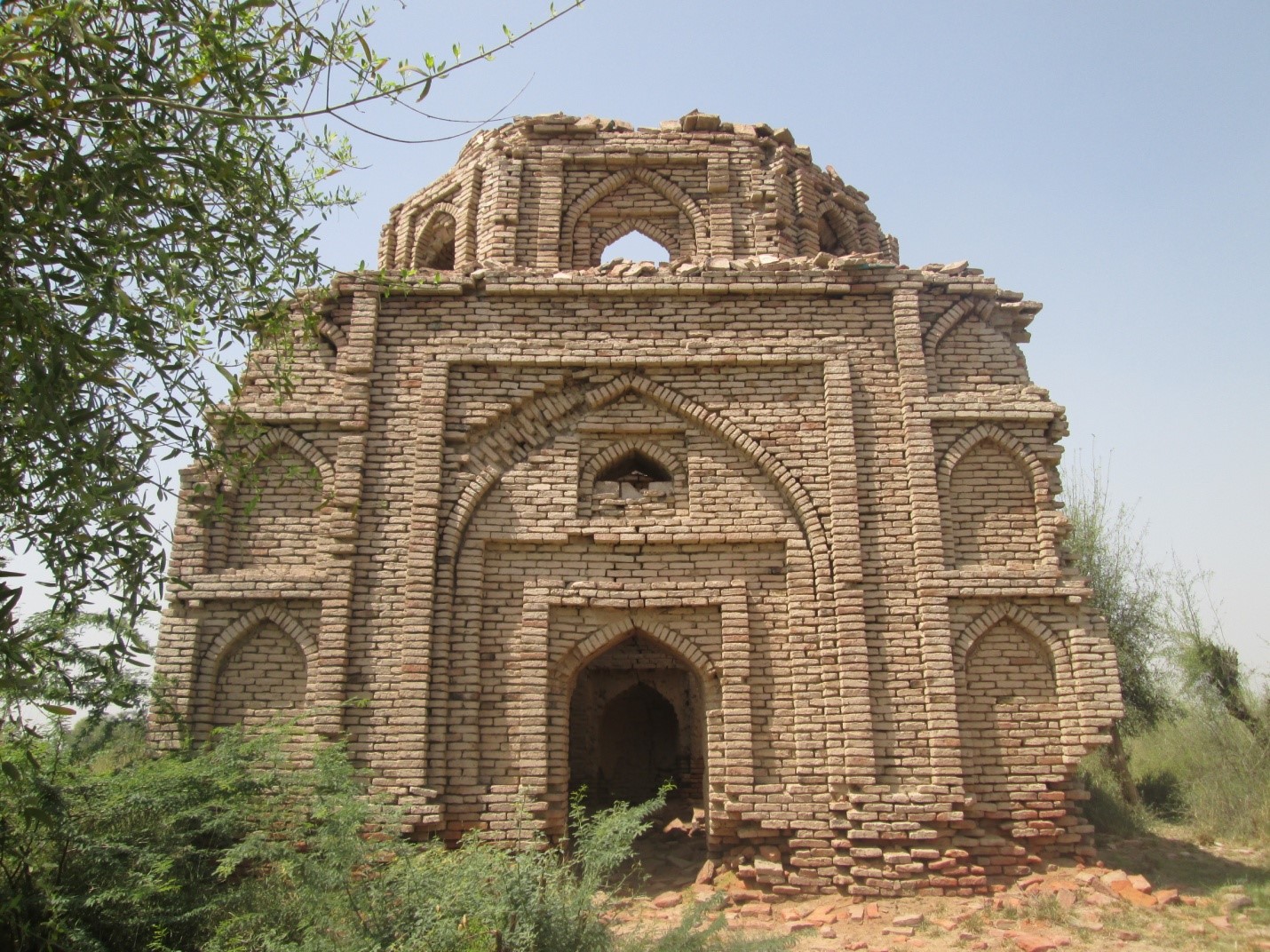
The Battle of Halani was fought in 1783 between the Baloch tribe of Talpurs and the Sindhi tribe Kalhora near Halani town for gaining the control of the Sindh, currently a province in Pakistan. The Talpurs, led by Mir Fateh Ali Khan Talpur, won the battle over Mian Abdul Nabi Kalhoro of the Kalhora dynasty, and established the Talpur dynasty.
The ruins of Halani battlefield are the only existing evidences to understand the version of documentation of Halani battle in history books and other resources, which may have been based on certain bias, or may present only a limited perspective of the battle.
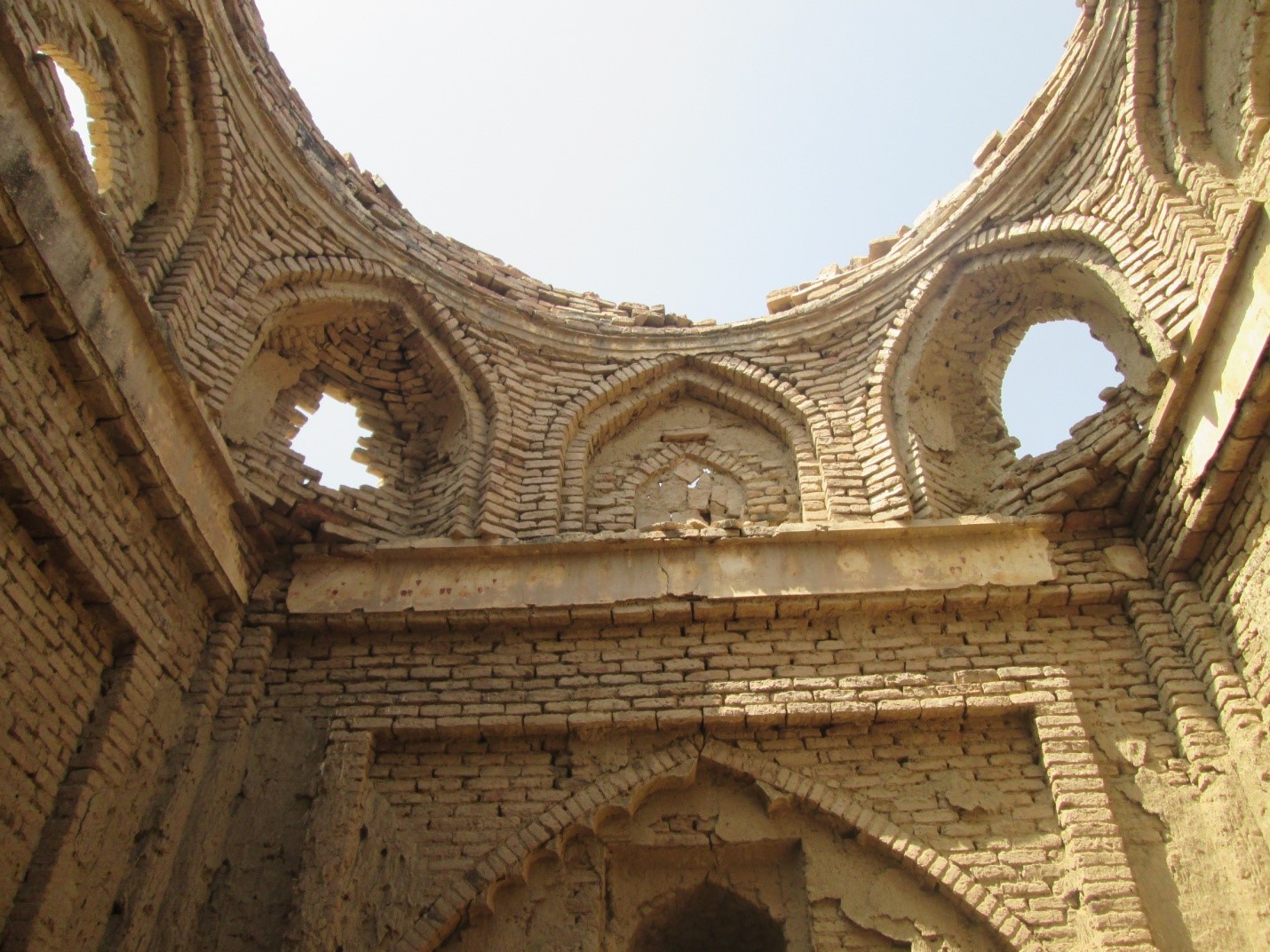
Further examination of this location of battle would give insight to what tactics and weapons were and what was the battle formation. Unfortunately nothing is left in the battlefield and not a single artifact has been recorded. Earthwork surveys and field walking were conducted to look for artifacts on surface but nothing found except bricks over graves, two tombs and the remains of gallows.
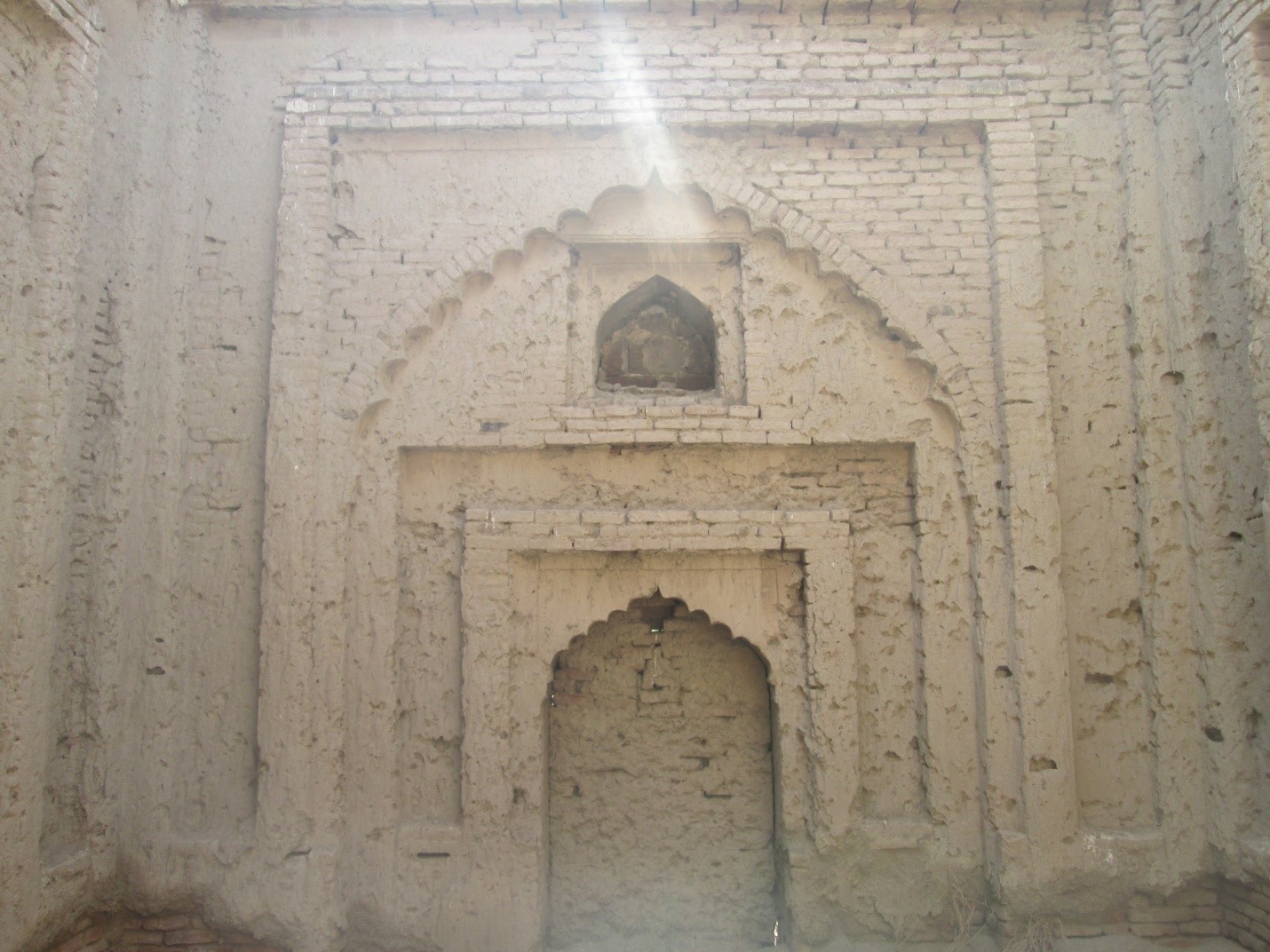
According to the locals the tomb belongs to a Sahito tribe man who was brave soldier of Kalhora ruler and is presumed to be buried inside the tomb along with some other soldiers, and other tomb is still unidentified. Gallows’ remains indicate the methods of punishment during Kalhora rule. Some swords have been found but that also had been taken by the people. The discovery of swords found from site can simply tell us about the weaponry used in battle and reject the historical account available like usage of gunpowder weaponry and gunboats in the Indus River.
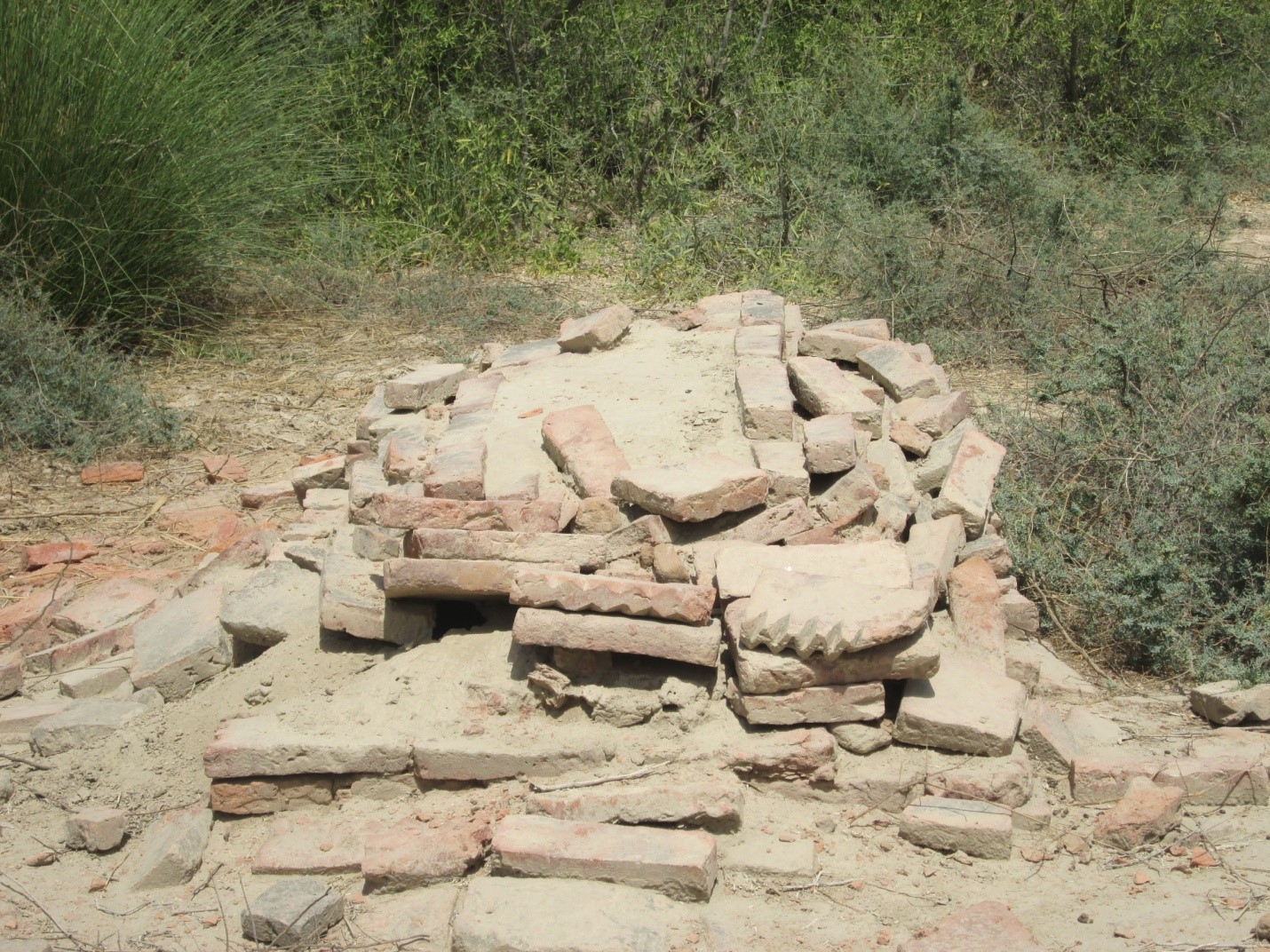
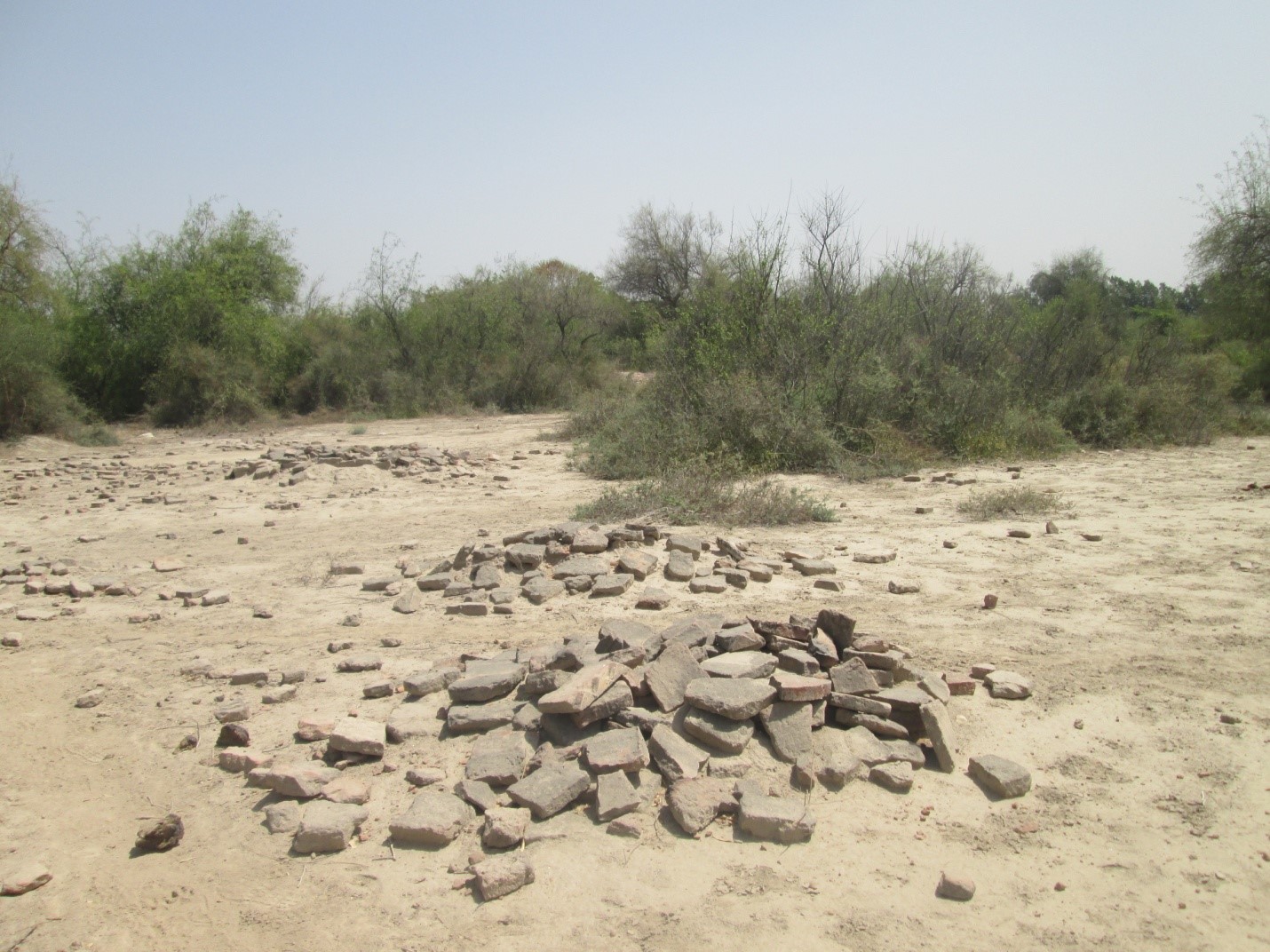
Below is the text inscribed on the stone erected at the battlefield of Halani, by Muhammad Siddique G. Memon:
Battlefield near Halani
The last decisive battle between Mir Fateh Ali Khan Talpur and Mian Abdul Nabi Khan Kalhoro took place during the year 1783 AD. The army of Kalhora took position near Pir Wali and Pir Mashaikh whereas Talpurs under the command of Mir Fateh Ali Khan Talpur assembled face to face near Pir Baloo. Mian Abdul Nabi was assisted by an Afghan force sent by Taimur Shah and additional force by Khan of Kalat. The army under the command of Hassan Khahwar was not less than 30,000. They were Lakhas, Khosas, Naumirias and Pathans. Dingano Khan Jatoi, Nawab of Shah Pargana fought bravely but ran away from the battle field. Mehrab Khan Jatoi was another commander of the army. Mehrabpur town in Taluka Kandiaro is after his name. The Talpur army was under the command of Mir Fateh Ali Khan. He was assisted by Mir Bago Khan, Mir Allahyar Khan and Mir Tharo Khan. The army of 6000 persons was distributed in ten (10) Divisions. In the meanwhile, Mir Sohrab Khan, Nindo Khan Bhurgari Talpur and other Sardars numbering 3000 also joined them. The Talpurs won the battle. This brought the rule, of Kalhoras to an end who ruled for eighty years. The Talpur took the reign of the country. (1783 AD – 1843 AD). Mian Abdul Nabi jumped into a lake and made his escape with a few attendants. He then fled straight to the hills and then to the Jodhpur. Later, he died in exile in Rajanpur in 1805 AD. The area of battle field falls in four Dehs namely Deh Pir Watio, Halani, Behlani and Naoabad. There are two graveyards, in the battle field. The distance between both the graveyards of Daloo Mashaikh and Pir Baloo is half a mile. The area under the graveyard of Daloo Mashaikh is 97-18 acres. It is situated in Deh Pir Watio near National Highway. The area under the graveyard of Pir Baloo is 9-13 acres and is situated in Deh Nauabad. It is on the other side of Halani Railway Station. There are some tombs and signs of hanging places in Daloo Mashaikh graveyard whereas there are only few graves in Pir Baloo graveyard.
The curse of God’s wrath upon him who would try to destroy this stone.
Dated: 10th January 1984
Muhammad Siddique G. Memon
Additional District Magistrate Nawabshah
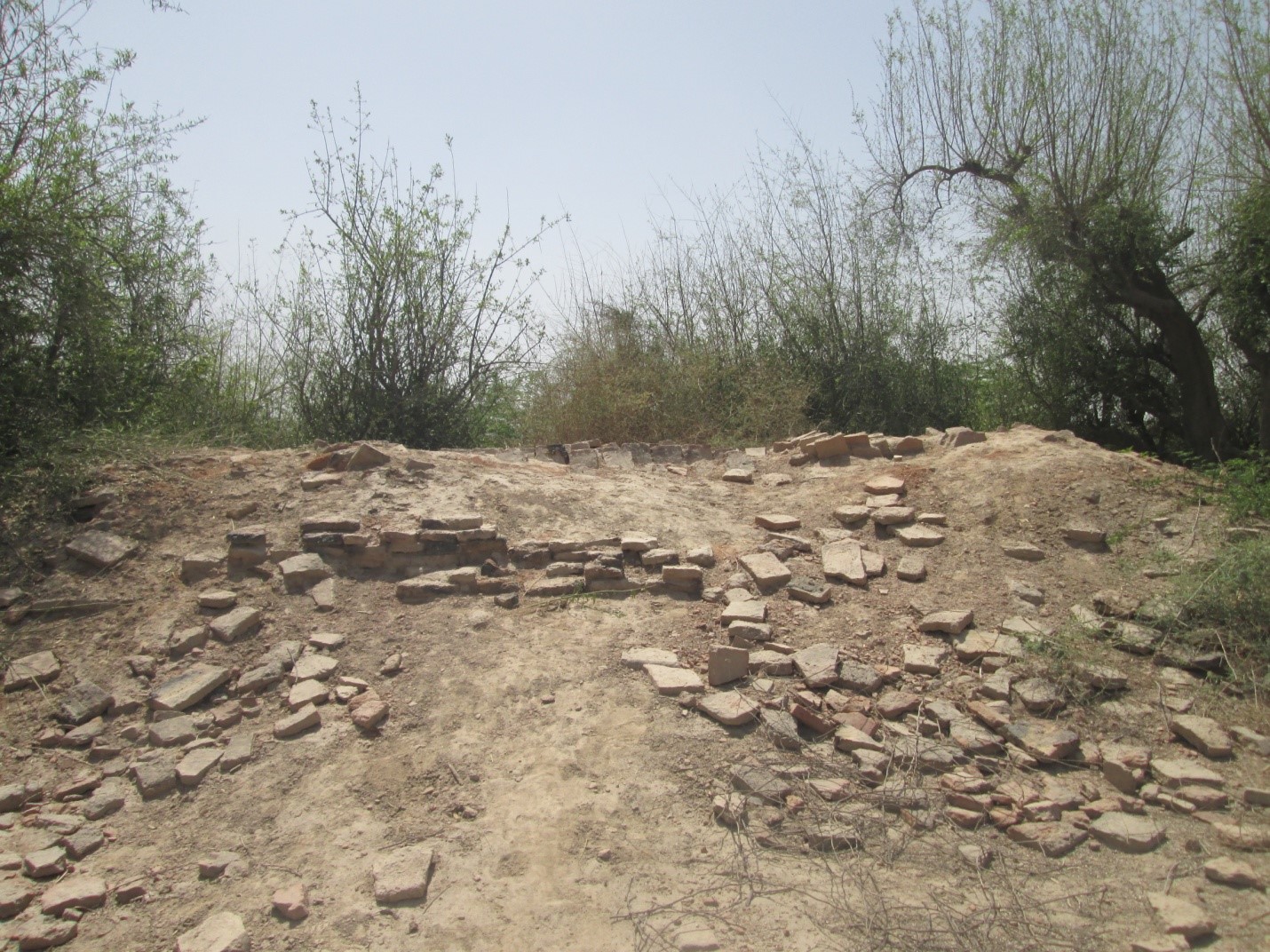
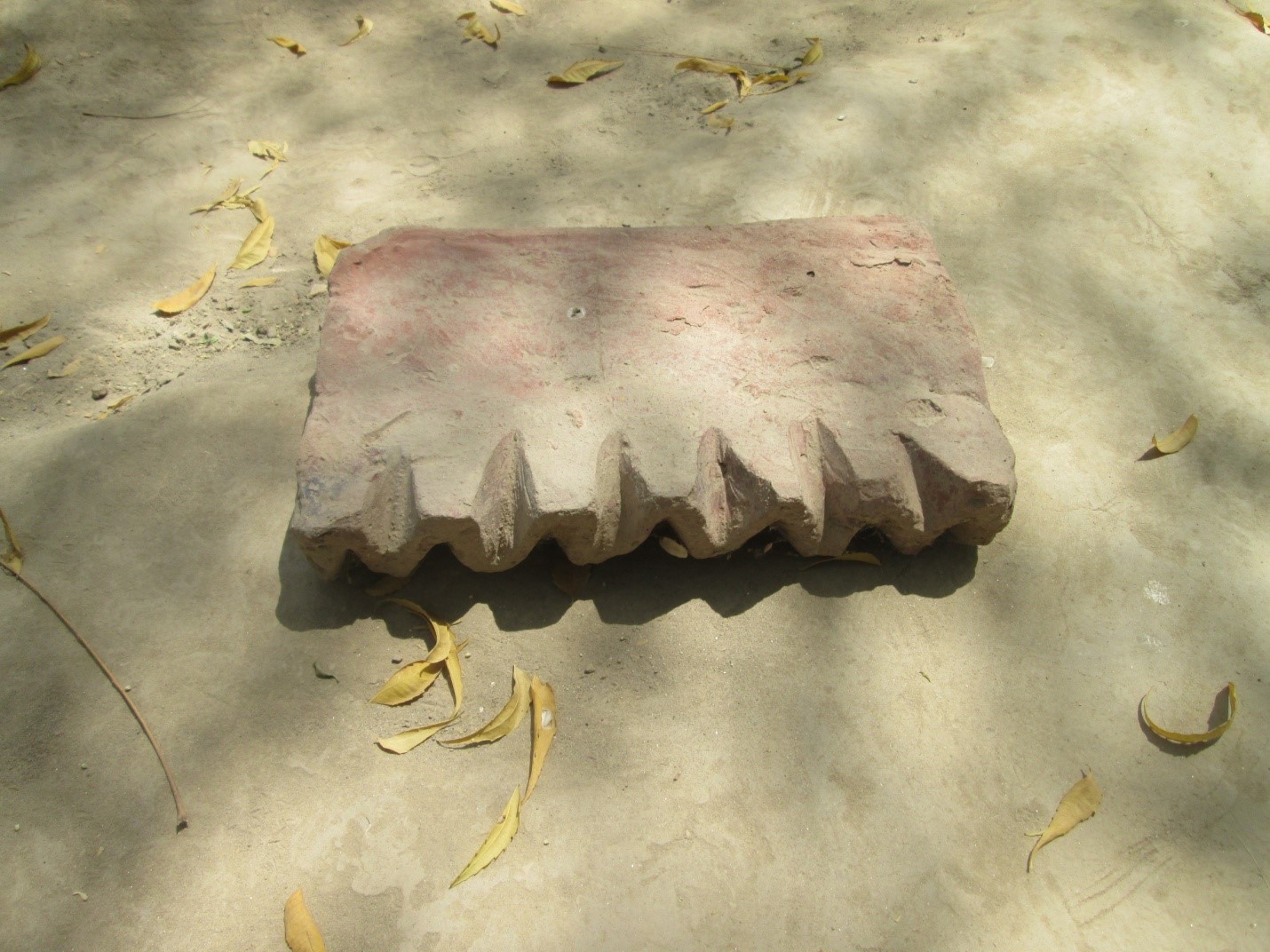
Thus, the neglect of important sites by the concerned authorities can be reason to miss the important chapters from history. In modern world battlefields are well commemorated and celebrated by erecting memorials at battlefields. The concerned authorities should take such initiatives to preserve this significant battlefield so that this can provide important platform for researchers as well. Nothing is left here except certain ruins, as the concerned antiquities department of Sindh has utterly neglected this historic site, where the studies could be carried out on the weapons and the war strategy used in the battle.
_________________
Quratulain Kareem is Teaching Assistant at Department of Anthropology & Archaeology, University of Sindh.